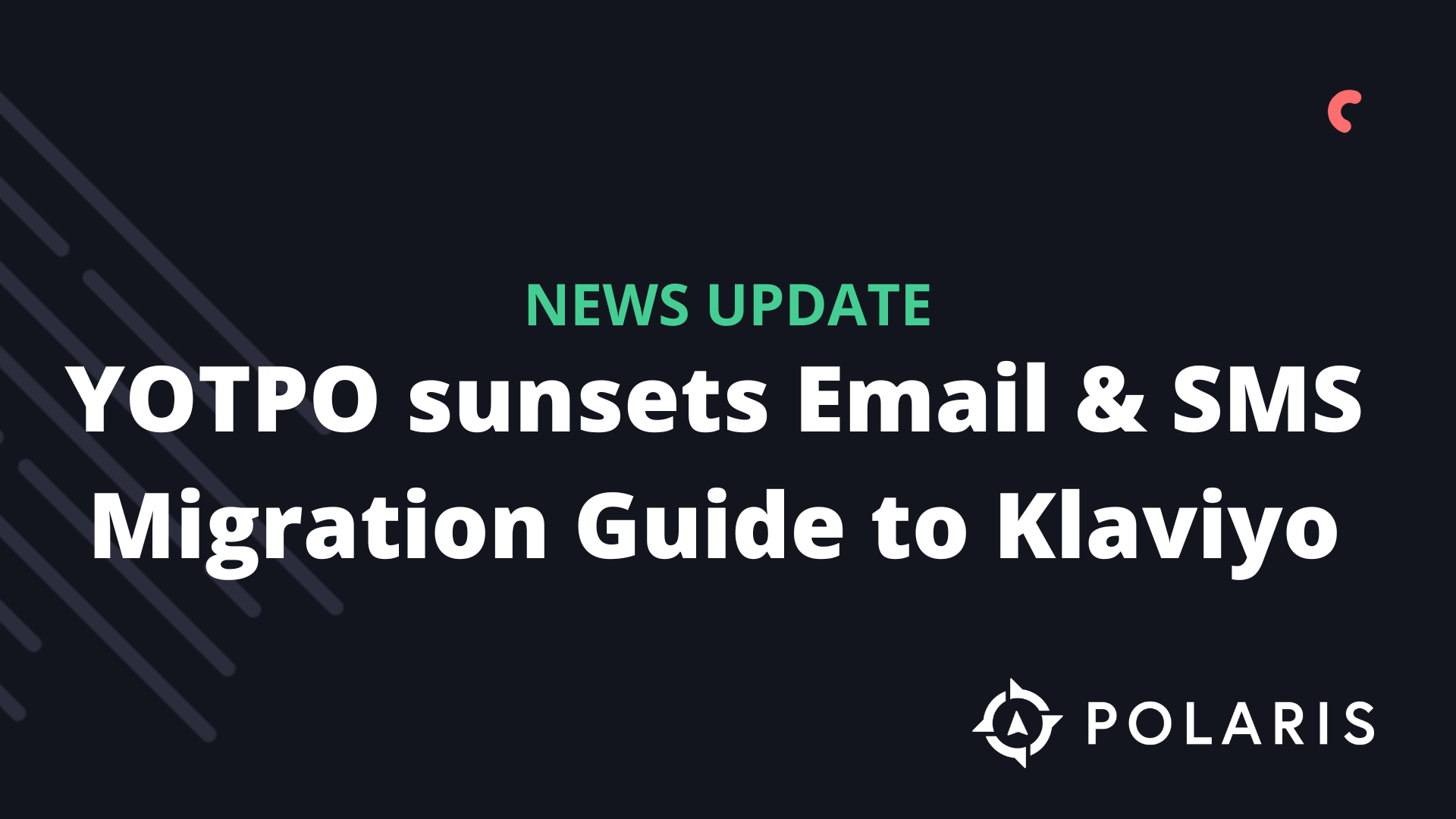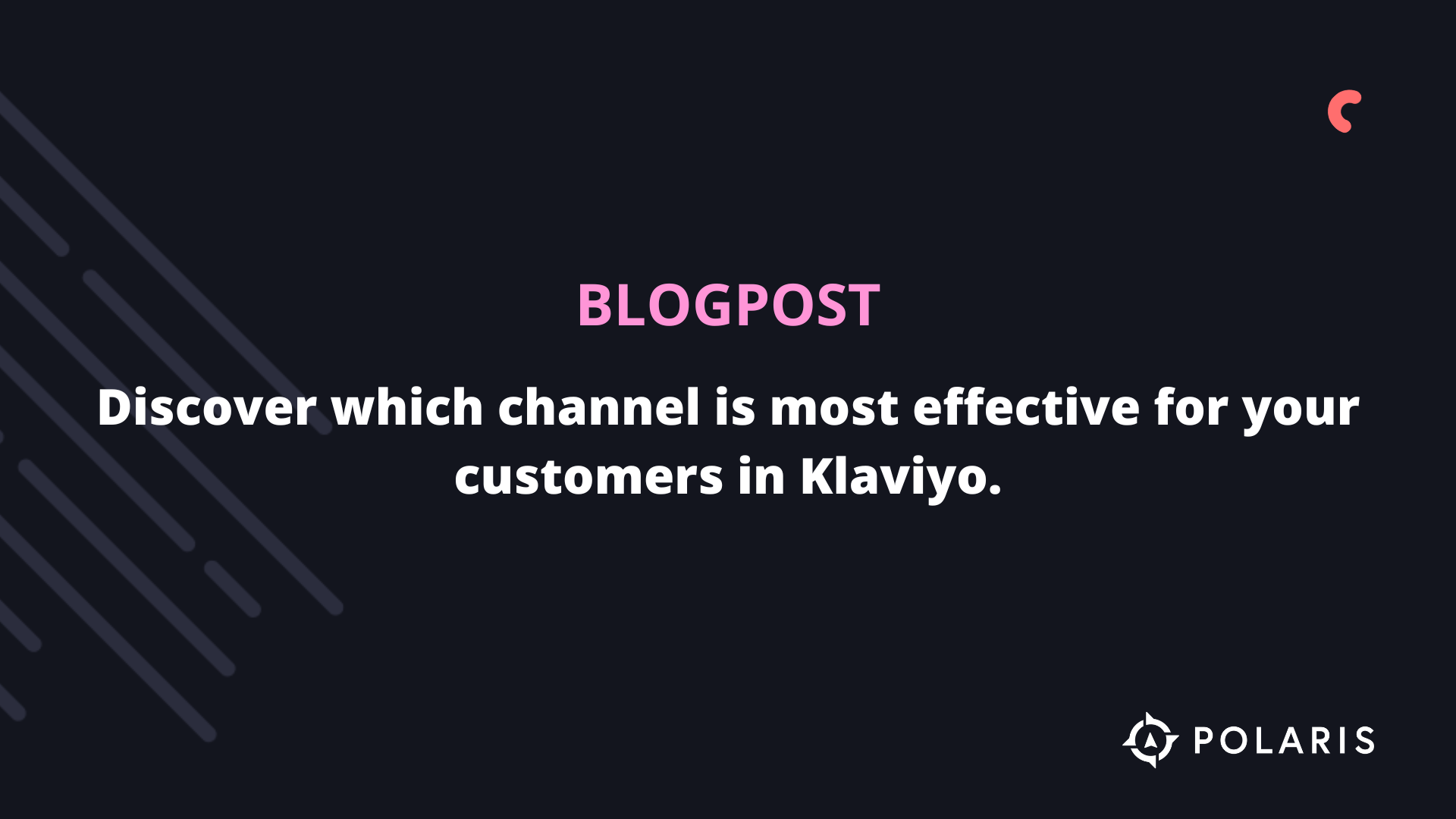Interview with Founder Jo-Ann from Cycle Care



Who are you and what do you do?
My name is Jo-Ann Dietz. I am 24 years old and the co-founder of Cycle Care. Cycle Care is a platform for the modern woman where she can find everything related to women's health and sexuality.
We partly started the company based on personal experience. There is a lot of content out there on these topics, but mainly from an entertainment perspective. The downside of this is that women often feel they are not being taken seriously or believe they are the only ones with a question or issue regarding their body. This leads to a lot of shame surrounding these topics, which can have bigger consequences than you might think. An overlooked problem is that women often wait too long before addressing certain physical concerns. They may not find answers to their questions online and are too hesitant to visit a doctor.
With Cycle Care, we create an accessible online platform without shame, where you can find answers to questions about your body as a woman. All our content is reviewed by high-profile medical experts, so you know the information is accurate because it's medically validated. Through the platform, we aim to build a community that shows you are not alone. It’s important for women to become more aware of their own bodies. Only then can they take good care of themselves and sound the alarm if they notice something is wrong. Our business is built on a "learn & shop" concept. Information and knowledge are the priorities, but we also sell products that help women feel good and care for their bodies in the best way possible.
Right now, we are in a discovery phase, primarily to get to know our target audience even better. Women of every age group face the same insecurities regarding these topics. We are here for you from the first time you have sex until you say goodbye to menopause. Whether you are discovering your body for the first time or rediscovering it, Cycle Care is the place to come with all your questions.
What are your growth goals for 2020?
Our overarching goal is to become the number one platform for modern women on topics of women's health and sexuality. There aren’t many players approaching it the way we do, and we’re on a mission. Taking good care of yourself and your body is extremely important. One of this year’s goals is to keep surprising our community with new, medically accurate, and interesting content. We want to present it in a modern way, so the shame is left behind, and learning about and caring for your body remains.
Additionally, we aim to grow in terms of revenue and team size. However, the most important goal is to optimally serve our target audience. This is the foundation on which we build everything. Only then can we become a platform for every woman. This process takes time and is a long-term investment.
What are your biggest challenges in growth?
The biggest challenge is serving our target audience optimally.
We want to maintain a personal customer experience while addressing a broad audience. This means creating content that resonates with various groups, which can be difficult. For instance, if you write about menopause, younger women might disengage because it’s a topic they’re not yet thinking about. It’s all about striking the right balance regarding when we create content on which topics and for which audience. We are constantly testing this and learning a lot. Sometimes we lose followers or people unsubscribe. We test everything and use that to shape our content strategy.
Additionally, we want to truly understand what’s happening within each demographic. Our target groups are segmented by age, but also by life stage, such as having children. These life stages present completely different challenges. We want to deeply understand what each group’s pain points are, what energizes them, and what they are ashamed of. That way, we can create content that is of great value to every reader.
Can you tell us about how your funnels are structured? Or how your marketing is set up?
Cycle Care is primarily a content platform, but we also have an online store. Our funnels are built around visitors who first come into contact with our brand through our content. For us, it’s important to gain the visitor’s trust. We do this by mentioning the medical expert who contributed to an article, for example. Based on high-quality content, visitors gradually find their way to the shop pages, where conversion takes place.
The marketing channels we use are tailored to our target audiences. To reach Millennials, we occasionally use Facebook and Instagram ads. We do a lot of experimentation with ads there. To reach a younger generation, TikTok and YouTube are more interesting. We also use email marketing for our existing community.
Do you notice existing channels becoming saturated? Are there opportunities in new marketing channels?
Of course, some channels are becoming saturated. Many people have opinions about Facebook ads. For Cycle Care, for instance, I have thought a lot about whether we should go big on Facebook or not. But this marketing channel works for us, and we can reach our target audience well this way. If you link different marketing channels to specific target audiences, there are still many opportunities to explore. We approach different types of women on each channel. Pinterest and Facebook work very well for certain target groups but not at all for others within Cycle Care. We look at how to best reach each target group, age group, and life stage within these groups.
What new trends do you see, and do you want to engage with any of them? Or where do you see opportunities for e-commerce in 2020?
Personalization through big data is our ambition. We see huge growth opportunities by using Artificial Intelligence in the future. This way, we can best respond to the personal needs of different types of women. My personal dream is for the platform to be able to provide recommendations based on your preferences and profile, covering content, products, and medical support.
One opportunity for e-commerce companies is to build a brand. This applies particularly to direct-to-consumer brands. The brand translates into large brand pillars, but also into small details: such as your tone of voice, packaging, and even the product range. Another trend is sustainability. That is here to stay. We take this seriously when developing Cycle Care products. Our products should be good for your body, but also good for the planet. In my opinion, sustainability should not be used directly in your marketing, even though it’s tempting to do so. It’s a basic requirement. Sustainable is the new normal. In our view, products should be produced sustainably by definition.
How do you deal with competition?
We actually try to embrace our competitors. Our overarching goal is that modern women take good care of themselves, and we support them in that. Of course, we are not the only ones on this mission. You can learn from your competitors, and I believe that sometimes working towards the same mission can be strengthened by joining forces with brands that share the same goal, whether they are competitors or not.
How big is your team, and how do you manage it?
We currently have a team of 6 people. I’ve learned that different parts of your business, such as marketing, product development, and finance, need to collaborate well. It’s not just about working in your own ‘silo’; being well aware of each other’s work benefits everyone. Open communication is crucial here. This applies to future plans but also to growth challenges. It’s a cliché, but you have to do it as a team.
To what extent do you use data?
We use a lot of data across all aspects of the business. This includes data on how the platform functions, whether the customer journey flows smoothly, ad performance, and insights on product development. Using quantitative data gives us control over growth. However, the most important thing is turning those numbers into insights. The ‘why’ behind the numbers is what matters. At Cycle Care, we focus more on qualitative data for this reason: conducting interviews with the target audience via phone and email, sending surveys, and speaking to people on the street. Many startups only look at numbers, but qualitative data is just as important. One cannot exist without the other. Also, collecting and analyzing data helps understand the ‘why’ behind your data. So don’t forget to keep talking to your customers as an entrepreneur.
What tools do you use?
For data, we use Tag Manager, Google Analytics, and Hotjar. We use Contentful as our content CMS. Zapier helps us share data between systems. For GDPR consent, we use Iubenda, and for reviews, we use Yotpo.
We use Klaviyo for email marketing, which works well for us. In the past, I worked with Mailchimp. The downside of Mailchimp for us was the difficulty in designing good-looking emails, which is essential for our branding and community. With Klaviyo, I can create emails exactly as I want and keep track of the data from various campaigns accurately, though it took some time to get the hang of it initially.
I completed the Growth Hacking Traineeship at The Talent Institute and learned a lot about data there, as well as the importance of testing and gathering insights. I’ve been doing this from the start at Cycle Care and have benefited greatly from it.
My tip: Never base anything on assumptions without testing. It’s relatively easy to test, and the insights you gain from it help you further build your business. That’s the most important thing: validate your assumptions. Thinking you know something is not the same as knowing it. A practical tip? Conduct interviews with your existing customers to gather qualitative data. For example, when you want to explore product development, this is a quick and effective way to gain insight into customer needs.
%20(1).png)





